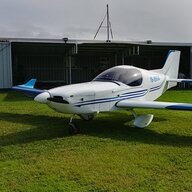-
Posts
4,793 -
Joined
-
Last visited
-
Days Won
139

kgwilson replied to BrendAn's topic in Aircraft Incidents and Accidents

kgwilson replied to BrendAn's topic in Aircraft Incidents and Accidents

kgwilson replied to BrendAn's topic in Aircraft Incidents and Accidents

kgwilson replied to BrendAn's topic in Aircraft Incidents and Accidents

kgwilson replied to BrendAn's topic in Aircraft Incidents and Accidents

kgwilson replied to Litespeed's topic in Aircraft Incidents and Accidents

kgwilson replied to red750's topic in Engines and Props

kgwilson replied to danny_galaga's topic in Aircraft General Discussion

kgwilson replied to danny_galaga's topic in Aircraft General Discussion

kgwilson replied to NT5224's topic in AUS/NZ General Discussion

kgwilson replied to Bubbleboy's topic in AUS/NZ General Discussion

